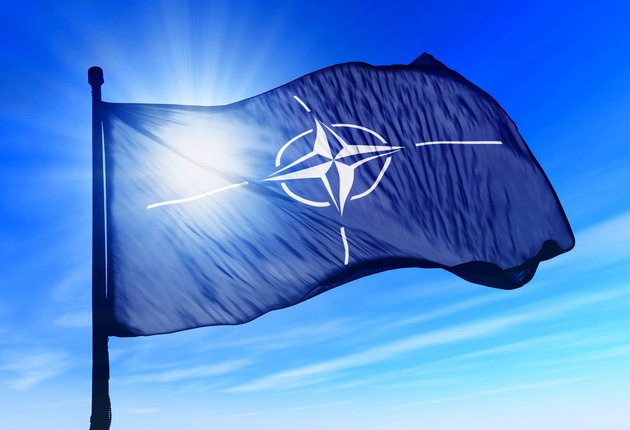Estonia and Latvia, two NATO member states, have objected to planned Russian 5G experiments that could interfere with their military aviation systems. The frequency band to be tested is currently used by the bloc’s aircraft.
According to Moscow daily newspaper Kommersant, citing an anonymous source, objections have also come from Finland, not a NATO member but a close ally of the bloc.
The problem has arisen following planned experiments by MTS, the largest mobile network operator in Russia, in the town of Kronstadt. Kronstadt is located on a small island in the Gulf of Finland near St. Petersburg, not far from both Helsinki and Tallinn. Russia plans to use 4.8-4.99 GHz frequencies for its 5G signal. In NATO countries, this frequency band is used by the friend or foe identification system on military planes, and Russia’s decision to allocate it to telecommunications could cause interference for hundreds of kilometers.
According to the newspaper, the Latvian, Estonian and Finnish authorities have not yet publicly commented on the situation.
In recent years, Russian technology companies have been in battle with the country’s Ministry of Telecom and Mass Communications over the implementation of 5G, with the government refusing to let go of the 3.4-3.8 GHz band, currently used by the defense ministry for military and intelligence services. These frequencies are considered to be the most suitable for 5G. For example, Germany is using 3.6 GHz, right in the middle of the range.
Instead, the ministry proposed that Russian communications companies use the 4.4-4.99 GHz frequencies, overlapping with those used by NATO planes.






